Table of Contents
- Introduction
- 1. What Really Happens When You Smoke Herbs
- 2. Toxins, Carcinogens & Health Risks
- 3. The Science of Vaporization: A Cleaner Process
- 4. Efficiency & Bioavailability: Vaping vs. Smoking
- 5. Taste, Smell & Control – The Sensory Differences
- 6. Choosing a Vaporizer That Elevates the Experience
- Conclusion
- About the Author
Smoking vs. Vaping: The Science Behind Dry Herb Vaporizers and Why They're the Better Choice
For centuries, the ritual of smoking herbs — especially cannabis — was synonymous with consumption. But today, the conversation is shifting. Science, wellness culture, and user experience are all pointing in a clear direction: vaporization is the cleaner, smarter, and more effective way to inhale herbs.
Whether you’re new to dry herb vaporizers or you’ve been stuck in the smoking habit for years, this guide offers a complete breakdown of what makes vaping a better choice — from the molecular science to the real-world effects. We’ll also show you how flame-powered devices like the Vapman Click and Lotus Vaporizer elevate the experience without electronics, batteries, or toxins.
Let’s break the habit — and rediscover the power of the inhale.
1. What Really Happens When You Smoke Herbs
Smoking involves combustion — the rapid oxidation of plant material in the presence of high heat. When you apply flame to herbs, you’re instantly raising the temperature to 600–900°C (1,112–1,652°F). This not only destroys many of the plant’s beneficial compounds but also produces harmful byproducts you then inhale into your lungs.
Key effects of combustion include:
- Thermal degradation of cannabinoids, terpenes, and flavonoids
- Generation of toxic smoke compounds such as carbon monoxide, tar, benzene, and acrolein
- Reduced efficiency — a large portion of active ingredients is lost through burning and sidestream smoke
In short: combustion is crude. It’s uncontrolled, wasteful, and it converts your carefully grown herb into smoke, heat, and ash. While the effects may feel immediate, the health and sensory trade-offs are significant.
This is where vaporization offers a clear alternative — one rooted in temperature science and respect for the plant.
2. Toxins, Carcinogens & Health Risks
When herbs are combusted, you’re not just inhaling cannabinoids or beneficial plant compounds — you’re inhaling toxins created by burning organic material. According to the CDC, smoking introduces over 7,000 chemical compounds into the lungs, many of which are carcinogenic or inflammatory.
In cannabis smoke specifically, researchers have identified substances including:
- Benzene – a known carcinogen
- Hydrogen cyanide – toxic to the nervous system
- Acrolein – causes upper respiratory tract irritation
- Tar – coats lungs, reduces oxygen exchange
- Carbon monoxide – deprives blood of oxygen
A 2005 study published in Journal of Cannabis Therapeutics found that vaporizing cannabis eliminated over 90% of the toxins found in smoke while maintaining effective cannabinoid delivery. Similarly, the Canadian Centre on Substance Use supports vaporization as a safer alternative to smoking, especially for medical users.
It’s simple: less combustion = fewer toxins = happier lungs.
3. The Science of Vaporization: A Cleaner Process
Vaporization works by gently heating your herbs to a precise temperature (typically 160–220°C / 320–428°F) — hot enough to release cannabinoids and terpenes, but not so hot that the plant material burns. This process produces vapor, not smoke.
Here’s why that matters:
- No ash or tar is produced
- No carbon monoxide is released
- Vapor contains more usable cannabinoids per hit
According to a 2019 review in Drug and Alcohol Dependence, vaporization delivers a comparable THC plasma concentration to smoking, but with fewer adverse respiratory symptoms.
Plus, vaporization is a much more controlled and customizable experience. You can choose your temperature based on desired effects — mild focus, full relaxation, or balanced clarity.
Devices like the Vapman Click and Lotus make this easy without electronics — using click feedback or flame-based temperature control to deliver perfect heat without combustion.
4. Efficiency & Bioavailability: Vaping vs. Smoking
Not only is vaporization healthier — it’s also more efficient. Smoking destroys a significant percentage of cannabinoids through combustion and sidestream loss. You’re literally burning your investment.
Let’s compare:
- Bioavailability of THC via smoking: ~25–30%
- Bioavailability via vaporization: ~45–60% (source: NIH 2020)
This means you get more of the active compounds with less herb. Vaporizing also allows for multiple rounds of heating (“sessioning”) since not all material is extracted at once — especially at lower temperatures.
And because you can fine-tune your dose, you’re less likely to overconsume — something that often happens with fast-burning joints or bowls.
The result? Better value, smoother effects, and more control over your experience.
5. Taste, Smell & Control – The Sensory Differences
If you’ve ever tasted vapor from a clean vaporizer, you know: it’s a whole different world. Unlike smoking, which often delivers a burnt, harsh flavor, vaporization preserves the aromatic compounds known as terpenes — the same molecules responsible for the scent of citrus, pine, lavender, and more.
Terpenes are delicate. Many evaporate between 160–190°C (320–374°F). That means if you’re using a lighter or burning your herb, you’re destroying them before they ever reach your lungs.
Benefits of Vapor Over Smoke:
- Richer flavor: Vapor retains the natural taste profile of the herb
- Reduced smell: Vapor dissipates quickly and doesn’t linger like smoke
- Gentler on the throat: No harsh combustion, soot, or ash
Users who switch from smoking to vaporizing often report more clarity in effects, less coughing, and a more pleasant, repeatable experience — especially during mindful sessions or microdosing routines.
6. Choosing a Vaporizer That Elevates the Experience
Not all vaporizers are created equal. Some are sleek but fragile, digital but soulless. Others — like analog flame-powered devices — bring back a sense of craft, ritual, and longevity.
Vapman Click
Designed in Switzerland, refined in South Tyrol — the Vapman Click combines analog engineering with modern heat feedback. A gold-plated copper pan heats in seconds. A click disc signals the perfect temp. No batteries. No plastic. Just you, your herbs, and the inhale.
Lotus Vaporizer
A convection powerhouse with a patented metal cap, the Lotus delivers cool, full-spectrum vapor in under 10 seconds. It’s simple, elegant, and entirely off-grid — perfect for travel, nature walks, or grounding evening rituals.
Why Flame-Powered?
- No batteries = total freedom
- No electronics = fewer breakdowns
- No screens = more presence
If you want to reconnect to your herbs — and to the act of breathing itself — there’s no better way than vaporizing them naturally, cleanly, and with intention.
Conclusion
Smoking may be ancient, but that doesn’t make it optimal. As science and wellness culture evolve, the evidence is clear: vaporization is the smarter, cleaner, and more effective way to inhale herbs.
It delivers more active compounds with fewer toxins. It preserves flavor and gives you control over your experience. And when practiced with analog tools like the Vapman Click or Lotus, it becomes not just a method — but a ritual.
So whether you're a medical patient seeking gentler delivery, a flavor chaser exploring terpenes, or simply someone ready to make the switch, dry herb vaporization offers a path that’s healthier, more efficient, and ultimately more enjoyable.
Inhale consciously. Inhale cleanly. Inhale the future.
→ Discover flame-powered vaporizers crafted for purity and presence
About the Author

Author: Michael Mussner, Founder of INHALE Vaporizers
Michael is a passionate vaporizer designer and entrepreneur from South Tyrol, driven by craftsmanship, sustainability, and the mindful use of natural herbs. With a background in product innovation and a love for analog technology, he founded INHALE to revive flame-powered vaporizers like the Vapman and Lotus. Every product he creates is deeply rooted in authenticity, simplicity, and a respect for nature.
Questions? Contact us here or email support@nowinhale.com.






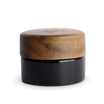
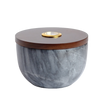
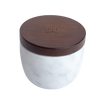
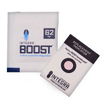
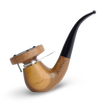
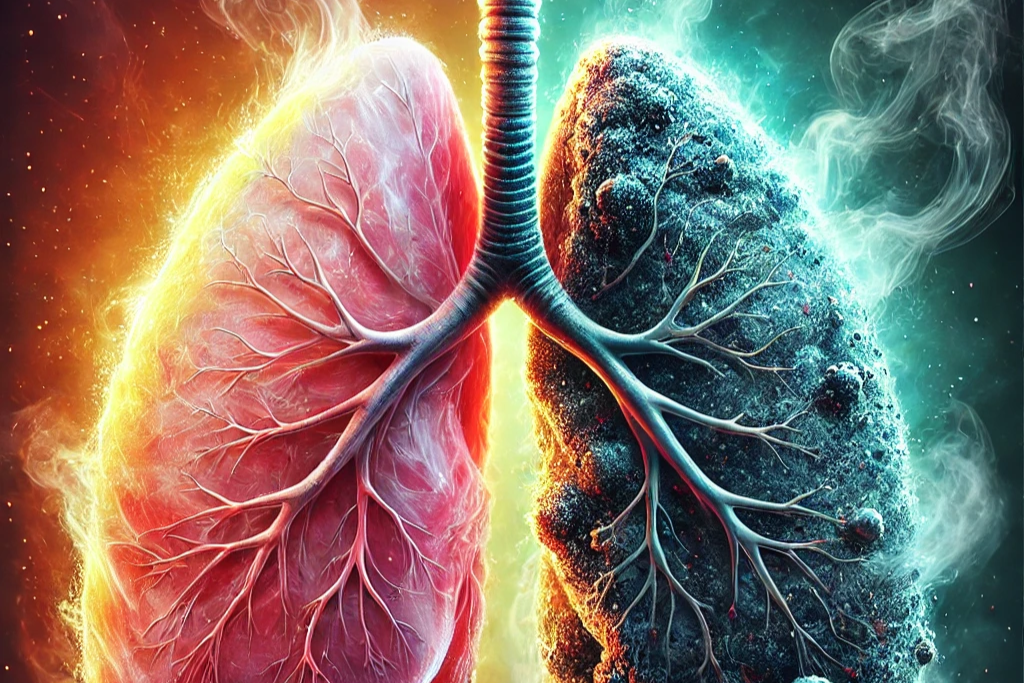




Leave a comment
All comments are moderated before being published.
This site is protected by hCaptcha and the hCaptcha Privacy Policy and Terms of Service apply.